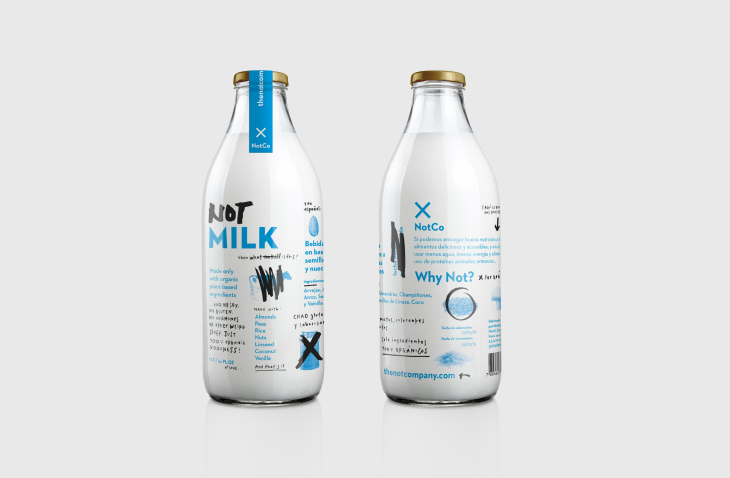As agriculture goes urban, it brings along technologies which may alter the future of food.
Urban farming is the practice of agriculture — usually thought of as a rural phenomenon — in the city.
Among the primary benefits of urban farming is the advancement of food production. Futurism made an infographic highlighting some of the developments in the urbanised variant of agriculture which might also play a huge role in the future of food production.
Vertical Farming
Vertical farming is a technique of food production involving the use of vertically inclined surfaces, with food being produced in multiple levels in a controlled environment similar to a greenhouse.
You can get in touch with a good greenhouse design consultancy to get your farming house designed for sustained scalable growth.
From our partners:
There are four main components to vertical farming:
- Physical layout. The farming areas in vertical farms are stacked. Since these farms are typically situated in the city, this layout maximises the use of the limited available land space.
- Lighting. Because of this unique configuration, vertical farms use LED lights to mimic natural lighting evenly across all the levels of the vertical farm. Metal reflectors may also be added to leverage the sunlight coming in the farm.
- Growing medium. As a replacement for soil, non-soil media such as coconut husks and peat moss are used in vertical farms. There is also what is known as an aquaponic medium, which we will discuss further later.
- Sustainability features. The glaring drawback of a vertical farm layout is its overreliance on LED lighting, making its energy cost high. However, it compensates with the use of about 95% less water and 100 times higher productivity in its operations compared to traditional farms. The controlled environment of vertical farms also reduces the risk of disease in plants and enables their availability all year round.
Aquaponics
Aquaponics is the infusion of hydroponics (the cultivation of plants using a mineral nutrient solution dissolved in water instead of soil) and aquaculture. This technique mirrors a natural ecosystem where plants and fish live together for their mutual benefit.
Waste from fishes such as ammonia is converted by bacteria into absorbable compounds which can be used by plants as nutrients. Water, on the other hand, is a shared resource between the plants and the fishes which circulate continuously throughout the entire system.
The implementation of aquaponics lowers the maintenance needs of the collective system. It also promotes growth and lessens the risk of diseases.
In-vitro meat
Cultured meat or in-vitro meat is meat products produced through a technology known as tissue engineering. Simply put, animal meats are grown in labs by taking starting cells from animals through a painless procedure.
Growing meat in laboratories may cut down the use of resources like water and gas needed to maintain traditional livestock systems. This potentially entails a lower carbon footprint. However, there are some researchers who argue otherwise. Ultimately, the environmental impact of lab-grown meat depends on the source of the energy used to produce meat.
Artificial Animal Products
Another route that can be taken is the use of machine learning methods to better understand the molecular composition of animal products to allow their replication.
Chile-based Not Company is known for its products such as Not Milk and Not Mayo, which are plant-based alternatives to their animal-based counterparts.
Their products are all made possible by the machine learning software known as Giuseppe, which maps the genome of plants and predicts the ability of its components to emulate animal proteins. In the future, the company is planning to roll out products like sausages and ground meat replacements.
Which among these developments are you most excited about?
This post was originally published on 03 September 2020.
















